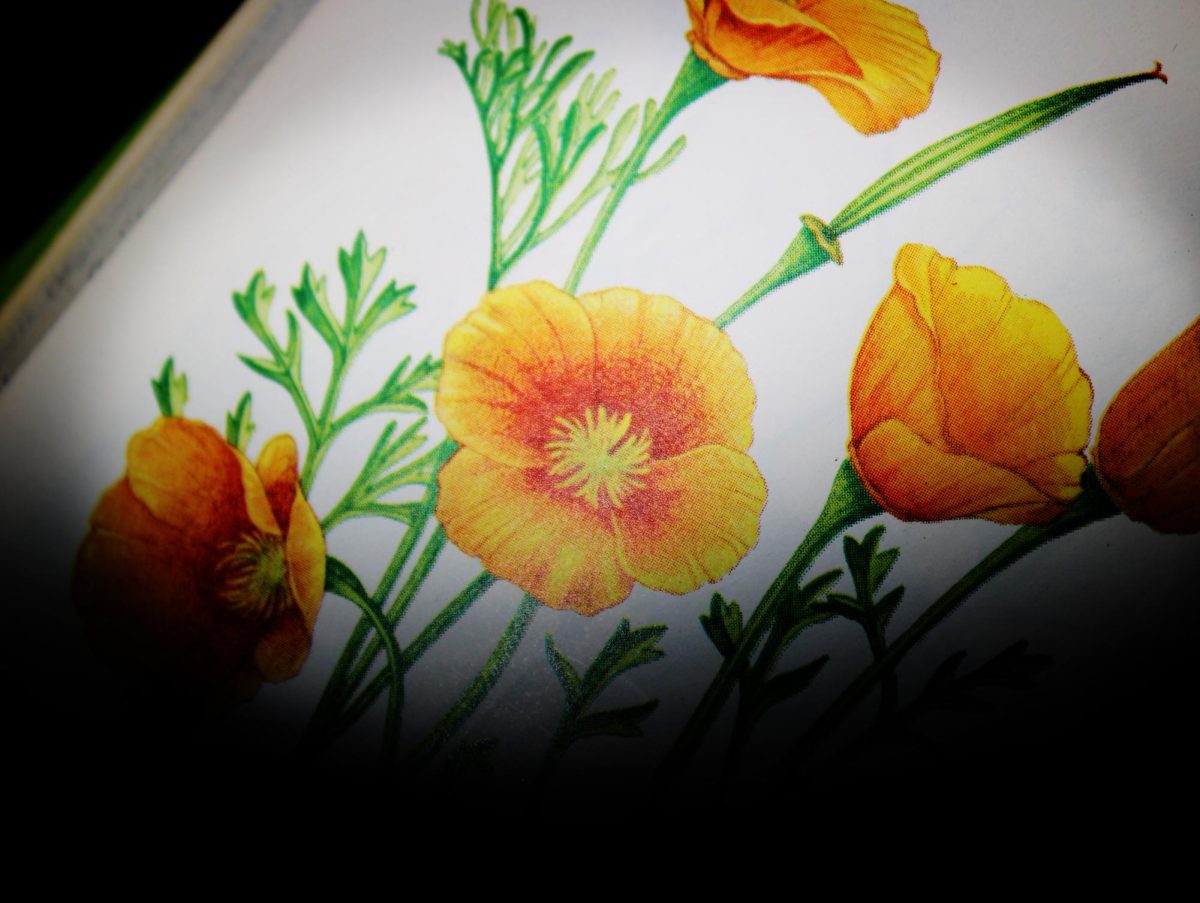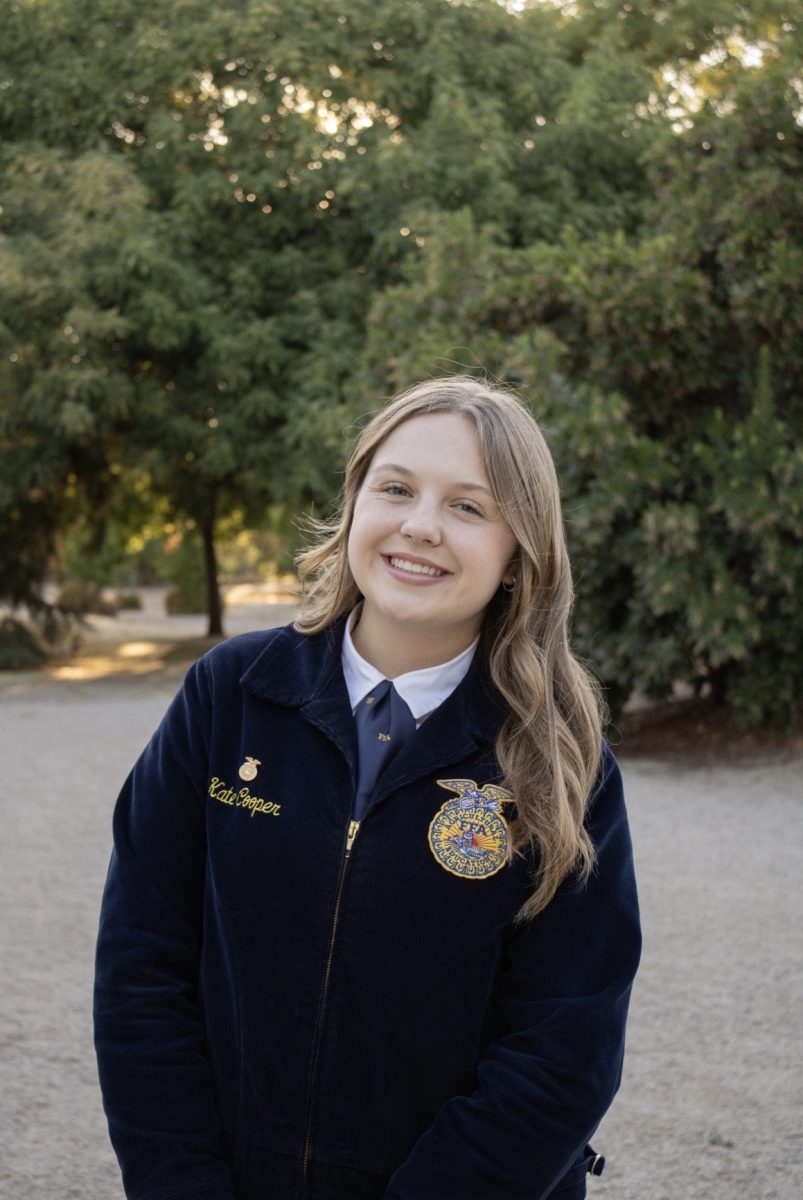The Escherichia Californica or the California Poppy is a species of flower in the Papaveraceae family which is a family of plants where the stems and leaves contain a milky, latex or colored sap. This Golden Poppy is often young in the United States and Mexico. Our state flower is often thought to have healing benefits, a flower that we can appreciate April 6th, or National California Poppy Day.
This Golden Flower became California’s state flower On March 2nd, 1903. When I asked about their colors Kristen Maciel said, “They come in various shades of red, orange and yellow.” The poppy’s bright orange color is often associated with the California Gold Rush. The Gold Rush was an event in history sandwiched between the Louisiana Purchase and the Civil War of 1861. The California Gold Rush which took place in Sutter’s Mill on January 24th, 1848 when gold was discovered. These findings led to the largest migration in US history drawing people from all over to California drawn by the promise of wealth, this altered the expectations of hundreds to thousands who came to California searching for riches.
The California poppy is believed to have healing abilities, traditionally it would be spread under the beds of children to help them sleep, the poultice of the fresh roots and seed pods were applied to the breasts of mothers wanting to dry their milk, as well as bits of the fresh root being tucked into cavities to help with toothaches. Just to quickly name off a few more things like headaches, sores, and to kill lice.
These Golden flows need a good patch of sun in well drained soil for these poppies to fully open, as well as them being at full bloom from April to June, “Poppies bloom in the spring and grow into the early summer months,” as Kristen Maciel said when I asked her about the time of year they grow. Grown in exposed or coastal gardens with a full view of the sun above, meet these conditions and you get yourself California poppies. These Phototropic Poppies open their petals to let the light in following the sun, then closing when the sun sets ready for the next day, “They are phototropic, meaning they open in the sunlight, follow the sun, and will close when the sun sets.”







